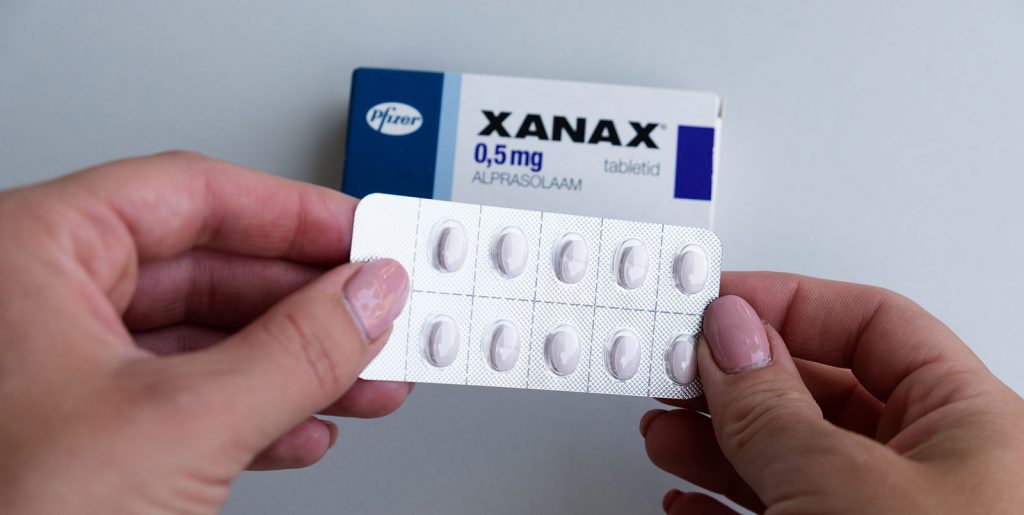Drugs have been around since the beginning of time. Whether they’re needed for pain, illness, or anxiety, there is a drug for just about everything. In the early year’s nobody knew what consequences if any, the drugs had. There had to be some trial and error, hence using cocaine in Coca-Cola and opium being purchased over the counter for headaches. One doctor’s started understanding the physical and psychological effects these drugs had on people and that they could become addictive; there was a need to control the substances.
The U.S. has been trying to safely and effectively control drug use since the Pure Food and Drug Act of 1906. When President Nixon signed the Controlled Substances Act (CSA) that gave the DEA and the Food and Drug Administration (FDA) the power to determine which substances are fit for medical use; the act was changed numerous times over the six decades that followed, but the most significant change took effect in the early 1970s with the CSA.

What are the Different Schedule Levels?
Medications controlled by the CSA are divided into five categories called “schedules.” Each schedule tries to divide drugs according to their potential for abuse, medical value, and safety standards. Schedule I drugs are seen as the most serious, and Schedules II through V include drugs in decreasing order of potential for abuse and addiction.
Schedule I
The drugs considered the most dangerous by the DEA are Schedule I substances. These are drugs with no current medical use, by analysis according to the DEA and FDA. These substances also carry a high potential for abuse and addiction.
Schedule I drugs include:
- Heroin
- LSD
- Marijuana
- Ecstasy
- Quaaludes
- Bath salts
Schedule II
These drugs also have a high potential for abuse and addiction, but they are also currently accepted for medical use in the U.S. It’s noted in the CSA that abuse of these drugs may lead to severe psychological or physical dependence.
Schedule II drugs include:
- Methadone
- Demerol
- OxyContin
- Fentanyl
- Morphine
- Codeine
Schedule III
Substances with a low to moderate physical and psychological dependence potential are classified under Schedule III by the DEA. When misused, these drugs can still lead to abuse or addiction. You can purchase these drugs at a pharmacy with a prescription, but you generally will not find them available over the counter.
Schedule III drugs include:
- Vicodin
- Tylenol with codeine
- Suboxone
- Ketamine
- Anabolic steroids
Schedule IV
This is where Xanax and other benzodiazepines fall into the controlled substance classifications. The drugs or substances classified as Schedule IV have a lower potential for abuse and addiction, but the risk does remain. Again, these have medical uses, and many are common treatments for anxiety and similar medical conditions. These also require a prescription and are not available over the counter.
Schedule IV drugs include:
- Xanax
- Soma
- Klonopin
- Valium
- Ativan
Schedule V
Finally, according to the DEA, the least addictive substances are labeled under Schedule V. Schedule V substances have a very low potential for abuse; however, physical or psychological dependency could develop if the substance is misused to a large degree.
Schedule V drugs include:
- Robitussin A.C.
- Phenergan with codeine
- Ezogabine
The Warnings Regarding Xanax (Benzodiazepines)
Xanax (Benzodiazepines) are included in Schedule IV of the CSA. This classification would seem to indicate that this class of medications has a relatively low potential for abuse compared to many other types of controlled substances. This doesn’t mean that it is in any way less dangerous and addictive. Xanax and other Benzodiazepines have the potential for physical dependence when used for long periods of time and can be psychologically addictive in some individuals.
Benzodiazepines should be taken only as prescribed by your doctor. If you take more than prescribed or quit suddenly, doing so may cause unwanted withdrawal symptoms or worsen your condition. Xanax withdrawal symptoms can take hold within hours of the last dose, and they can peak in severity within 1-4 days. During withdrawal, people can experience:
- Headaches
- Blurred vision
- Muscle pain
- Tremors
- Diarrhea
- Numb fingers
- Sensitivity to light and sound
- Loss of appetite
- Insomnia
- Heart palpitations
- Sweating
- Anxiety
- Panic
- Paranoia
- Seizures
It has been reported that Xanax is one of the most prescribed drugs in the United States to manage panic and anxiety disorders. It has also been reported from the Drug Abuse Warning Network (DAWN) reported that close to 10% of all emergency department visits related to the abuse of pharmaceuticals involved the benzodiazepine, or benzo, alprazolam.
We at Garden State Treatment Center understand when you or a family member is struggling with Xanax addiction, it is essential to get them the right kind of help. Detox from Xanax should not be done at home due to the dangerous withdrawal symptoms that can occur. Attempting on your own to recover exposes you to a higher risk of experiencing a relapse. With the proper professional care, you can come off clean in a gradual, stress-free manner.
FAQ
What class of drug is Xanax?
How do you detox from Xanax?
Published on: 2020-02-26
Updated on: 2024-05-07





